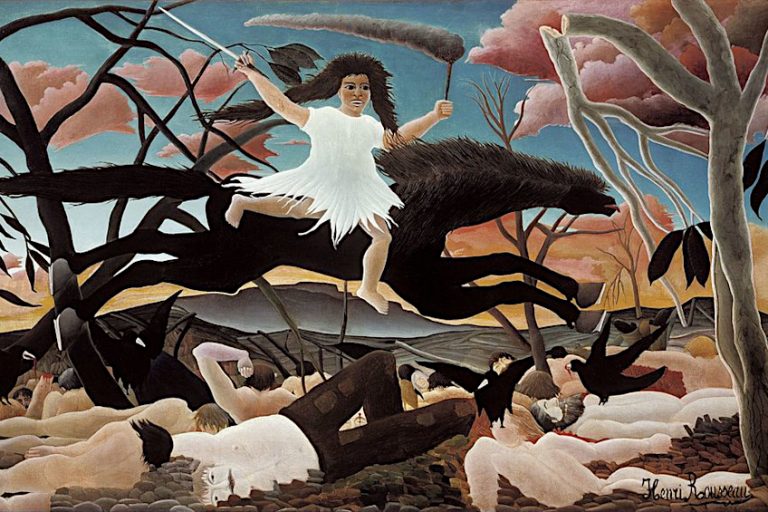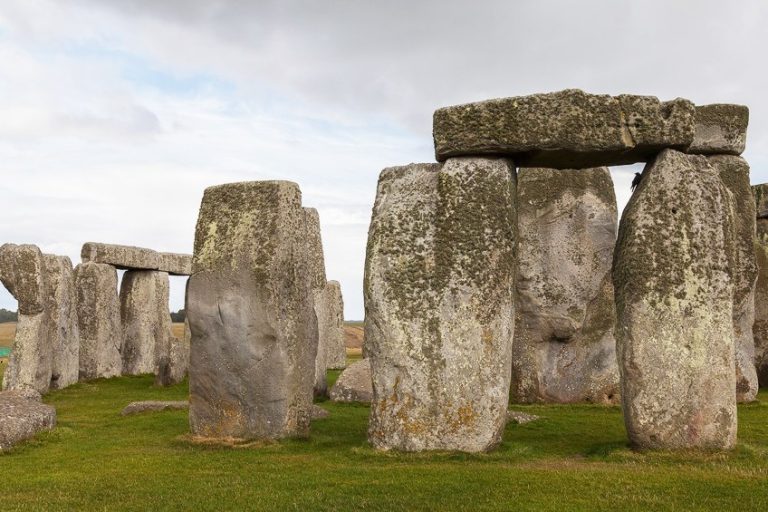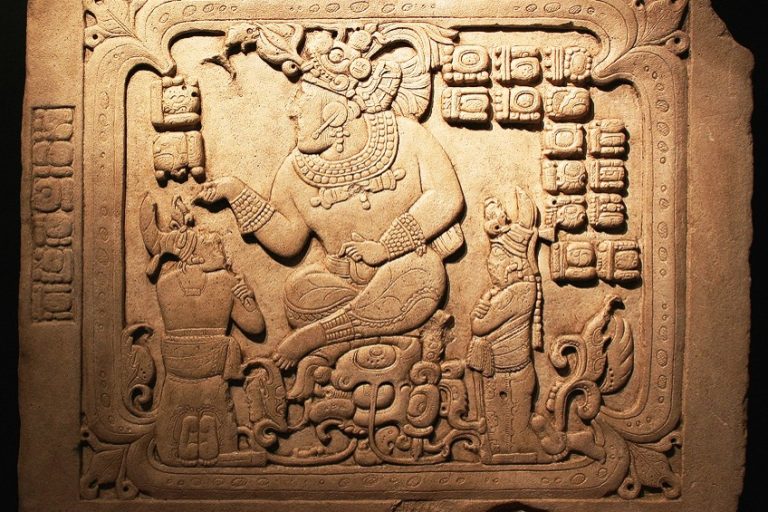Pompeii Art – Discover What Remains from the Volcanic City
Nestled beneath Mount Vesuvius’s ashes, Pompeii’s ancient artistry reveals a captivating glimpse into Roman life circa 79 AD. From vibrant frescoes adorning grand villas to intricate mosaics gracing public spaces, Pompeiian art reflects a rich blend of mythological, religious, and social themes. Evoking wonder and empathy through masterful craftsmanship, Pompeii’s art transcends time, offering profound insights into the cultural, spiritual, and social dynamics of ancient Rome. Join us on a journey through Pompeii’s artistic legacy, where the echoes of the past continue to captivate and inspire.
Table of Contents
Key Takeaways
- Pompeii’s art serves as a historical archive encapsulating Roman cultural practices and daily life.
- Frescoes and mosaics provide insights into ancient mythologies, social norms, and historical events prior to the eruption.
- Ongoing studies and preservation efforts sustain Pompeii’s legacy and its contribution to understanding classical art forms.
Historical Context of Pompeii
The city of Pompeii serves as an incredible time capsule of Roman life, preserved by the catastrophic eruption of Mount Vesuvius in 79 CE. The volcanic ash entombed the city, capturing the daily existence, cultural norms, and, significantly, the art of its inhabitants. The rediscovery of Pompeii in the 18th century offered the world an intimate glimpse into the ancient past, allowing historians, architects, and artists to study the rich expressions of Roman culture firsthand.

Pompeian art is a vivid reflection of the society from which it sprang. The city’s murals, frescoes, and mosaics tell stories of mythology, depict religious ceremonies, and illustrate scenes of everyday life, sporting events, and even erotica, thus offering a holistic perspective of the private and public lives of Pompeii’s citizens. Archeologists and art historians have painstakingly uncovered and studied these artworks, which have influenced various art movements including neoclassicism.
The Impact of Mount Vesuvius on Pompeii
Mount Vesuvius’s eruption in 79 CE was a cataclysmic event that devastated the Roman city of Pompeii. Ash and volcanic debris rained down, burying the city and its inhabitants.
The city lay hidden for almost 1700 years, its artifacts and buildings remarkably preserved under a thick blanket of volcanic material.
Pompeii and Herculaneum
Pompeii and Herculaneum were both Ancient Roman cities that suffered the same fate during the Mount Vesuvius eruption. While Pompeii is often the more cited example of the volcanic destruction, Herculaneum too offers significant insights. Herculaneum was also covered by volcanic material, though it received a different type of flow that preserved upper structures as well as organic materials such as wood and food.

Excavation and Archaeological Significance
The excavation of Pompeii began in the mid-18th century and quickly became paramount in the study of the Roman Empire. Archaeologists were captivated by the site’s extraordinary level of preservation, which permitted an unparalleled glimpse into Ancient Rome. These excavations have unveiled intricate frescoes, detailed mosaics, and everyday utensils.
This provides information on the social, economic, and cultural aspects of life in ancient Italy.
Art Forms and Influences
The artistic expressions of Pompeii are a testament to the cultural and aesthetic richness of this ancient city, profoundly influenced by Greek and Roman art forms.

Frescoes and Mosaics
Pompeii’s walls offer a visual feast of frescoes: intricate paintings made on wet plaster that tell tales of religious significance, everyday life, and mythology. Greek mythology is a recurring theme, exemplified by depictions of deities such as Venus. Mosaics, small pieces of colored stone or glass arranged to create images, are found adorning floors and walls, adding to the city’s artistic legacy.
In Pompeii’s artistic landscape, frescoes vividly depict scenes from Roman and Greek mythology, showcasing the pantheon of gods and heroes in all their glory.
Meanwhile, mosaics, with their intricate geometric patterns and figural representations, grace the floors of public buildings and villas, offering not just decoration but a narrative tapestry woven into the very fabric of daily life. Together, these art forms encapsulate the rich cultural tapestry of Pompeii, revealing the intertwined influences of myth, history, and everyday existence in the ancient Roman world.

Sculptures and Household Artifacts
Sculptures have been uncovered in Pompeii that reflect both public works—seen in forums and temples—and private commissions for home decor, adhering to the vestiges of classic Roman art. Household artifacts, which include everyday objects and decorative elements, boast both utilitarian and aesthetic purposes, often finely wrought to reflect status and taste. Pompeii’s artistic diversity shines through sculptures, capturing both notable individuals and mythological figures, adorning public spaces and private homes.
Alongside, household artifacts like ceramics and lamps marry function with lavish decoration, offering insights into Pompeiian life and the artistry that adorned everyday objects.
Cultural and Public Life
In the heart of Pompeii’s ruins, art and architecture reflect the vibrant cultural and public life of an ancient Roman city. Depictions of religious and political life, along with the remnants of civic structures, offer a window into the daily experiences of its inhabitants.

Baths, Villas, and Daily Life
The social and private spheres of Pompeii were richly depicted through its art. Baths, vital public spaces for socializing and relaxation, featured intricate mosaics and frescoes portraying mythological scenes. The villas of the wealthy were lavishly decorated with murals that captured scenes of everyday life, emphasizing the luxury and leisure that characterized the lives of Pompeii’s elite.
Even humbler establishments like taverns and theatres displayed artwork that resonated with Pompeii’s public and cultural dynamics.
Religious and Political Depictions
In Pompeii, temples and public squares were the canvas for expressing religious devotion and political propaganda. Temples dedicated to gods like Pan showcased frescoes and sculptures that not only served a religious purpose but also reflected the cultural values of the city. In the city’s Forum, or public space, political life thrived with the Basilica serving as a center for legal proceedings and public assembly, its walls often adorned with artworks signifying power and governance.

Artistic Expression in Pompeii
Pompeian art provides a unique viewport into the rich cultural and social dynamics of the ancient city. Through detailed frescoes, intricate mosaics, and bold colors, the people of Pompeii immortalized their values, myths, and daily life. Art in Pompeii was more than just decorative; it was a reflection of social status, religious beliefs, and an appreciation of beauty and storytelling. Lavish homes, like the House of the Faun, boasted intricate mosaics depicting scenes such as Alexander the Great at the Battle of Issus.
Such artwork communicated not only the homeowner’s wealth but also their intellectual connection to the broader historical and mythological world, like that of Dionysus, the god often celebrated in Pompeian art.
Use of Pompeian Cinnabar
The vibrant red pigment known as Pompeian cinnabar was a hallmark of many Pompeian paintings. This vivid color reflected not just an aesthetic preference but also a technical achievement by Pompeian painters, as it had to be carefully extracted and applied to retain its brilliant hue. Cinnabar was particularly prominent in the frescoes of brothels, where it was used to create evocative and explicit scenes, grounding the establishments in an atmosphere of passion and pleasure.

Styles and Techniques
Pompeii’s artistic legacy is a rich tapestry woven with diverse techniques and mediums. Fresco painting, employing the fresco technique, endowed the city’s walls with durable and vibrant images, showcasing scenes from Roman and Greek mythology as well as daily life. Mosaic artistry, exemplified in masterpieces like those found in the House of the Faun, reflected intricate narratives and portraits through the precise placement of tesserae.
Sculptures, ranging from portrait busts of notable individuals to mythological figures, adorned public spaces and private dwellings, embodying the essence of Pompeiian art.
Meanwhile, household artifacts such as ceramics and lamps seamlessly married functionality with lavish decoration, offering insights into the intricacies of daily life in Pompeii. Together, these artistic expressions illuminate the cultural richness and creative prowess of this ancient city, inspiring awe and admiration across generations.
Notable Works
The ancient city of Pompeii offers a treasure trove of art from frescoes to mosaics, largely attributed to the nameless Roman pictores (painters). These artisans adorned the opulent villas and temples with vivid murals that have captured the world’s attention.
- Frescoes: Exceptionally preserved by the ash from Mount Vesuvius, the frescoes in Pompeii showcase mythological scenes, daily life, and nature. The Villa of the Mysteries houses one of the most famous frescoes, depicting a woman possibly undergoing an initiation rite.
- Temple of Isis: This religious site features murals illustrating the deity Isis and rituals associated with her cult.
- Villa of the Faun: Known for the elaborate Alexander Mosaic.
- House of the Tragic Poet: Displays vibrant scenes from mythological tales.
- House of the Vettii: Rich with frescoes portraying Cupids engaged in various trades.

In an attempt to identify individual artists, one may encounter insufficient evidence; however, the collective works reflect the artisans’ dexterity of the era. These artisans, skilled in capturing the essence of Roman society, remain largely anonymous. Yet, their legacy lives through the art that survives, granting a glimpse into the vibrant cultural and social life in Pompeii before the eruption in 79 A.D.
Preservation and Presentation
The preserved art of Pompeii is a testament to the extensive efforts in conservation and the significant impact these works have had on global perception. These initiatives ensure that the vibrant frescoes and intricate mosaics endure as they travel from their ancient home to captivate audiences worldwide. Pompeii’s art fascinates an international crowd, drawing people to Italy from all corners of the globe. The frescoes of Pompeii, symbolic of an era frozen in time by the eruption of Mount Vesuvius, are not only archaeological treasures but also timeless masterpieces showcasing ancient Roman life.
Their influence extends beyond Naples, as replications and exhibits around the world mirror the original art’s aesthetic and historical value.
Pompeii Exhibitions and Museums
Naples and its surrounding areas have become a focal point for those seeking to experience Pompeii’s art first-hand. Not only do local museums and exhibitions provide a domicile for these treasures, but they also serve as platforms for immersive education. Travel to these sites is facilitated by their global reputation, allowing enthusiasts to engage with the artifacts in a manner that is both respectful and enlightening. Exhibits include high-resolution images and detailed descriptions, ensuring that every visitor leaves with a deeper understanding of Pompeii’s cultural and historical significance.

Pompeii Art Today
The preservation and study of Pompeii’s art provides a vital link to ancient Roman culture, with continuous efforts aiming to safeguard this heritage for future generations. Pompeii’s art, captured in detailed wall paintings and intricate mosaics, has survived for millennia beneath volcanic ash since the eruption of Mount Vesuvius in 79 A.D. Today, these artworks stand as a testament to the artistic abilities and daily life of the ancient Romans.
The House of Ceii, for example, showcases vibrant frescoes indicative of the era’s styles.
Legacy of Art in Pompeii
The art of Pompeii is not just preserved in situ, but also displayed in various museums, including the Antiquarium. Major conservation initiatives, such as the “Grande Progetto Pompei,” have facilitated the restoration of these antiquities, enhancing their durability against the passage of time. Reopening for the first time in over 40 years, the Antiquarium brings Pompeii’s art to the public eye, revealing Roman craftsmanship and mythological retellings once hidden under layers of volcanic debris. Importantly, generations of architects and artists have drawn inspiration from Pompeii, with the neoclassicism style reflecting the aesthetics seen in the frescoes and mosaics. This legacy continues to influence modern culture, proving that Pompeii’s art still resonates today.

Pompeii’s art stands as a testament to the enduring creativity and cultural depth of the ancient Roman world. Through vibrant frescoes, intricate mosaics, and poignant sculptures, Pompeiian artists have immortalized the daily lives, beliefs, and aspirations of their civilization. The art of Pompeii not only serves as a window into the past but also invites contemporary audiences to reflect on the universality of human experience and the timeless power of artistic expression. As we continue to uncover and appreciate Pompeii’s artistic treasures, we are reminded of the profound impact that art can have in preserving and enriching our understanding of history and humanity.
Frequently Asked Questions
What Notable Features Distinguish Pompeii Wall Paintings?
Pompeii’s wall paintings are renowned for their vibrant use of color and detail, depicting scenes of mythology, daily life, and nature. They are categorized into various styles that illustrate the evolution of Roman painting over time.
How Has the Discovery of Art in Pompeii Expanded Our Understanding of Roman Culture?
The discovery of art in Pompeii has given scholars valuable insights into Roman social practices, religious beliefs, and daily activities, offering an unparalleled window into the ancient world that would otherwise rely on literary sources alone.
What Are the Main Characteristics of Pompeii’s Art Style?
Pompeii’s art style is characterized by its strong lines, realistic spatial representations, and the use of perspective. Frescoes often portray the illusion of three-dimensional space on flat surfaces, a testimony to the artisan’s skill and understanding of artistic techniques.
Isabella studied at the University of Cape Town in South Africa and graduated with a Bachelor of Arts majoring in English Literature & Language and Psychology. Throughout her undergraduate years, she took Art History as an additional subject and absolutely loved it. Building on from her art history knowledge that began in high school, art has always been a particular area of fascination for her. From learning about artworks previously unknown to her, or sharpening her existing understanding of specific works, the ability to continue learning within this interesting sphere excites her greatly.
Her focal points of interest in art history encompass profiling specific artists and art movements, as it is these areas where she is able to really dig deep into the rich narrative of the art world. Additionally, she particularly enjoys exploring the different artistic styles of the 20th century, as well as the important impact that female artists have had on the development of art history.
Learn more about Isabella Meyer and the Art in Context Team.
Cite this Article
Isabella, Meyer, “Pompeii Art – Discover What Remains from the Volcanic City.” Art in Context. February 21, 2024. URL: https://artincontext.org/pompeii-art/
Meyer, I. (2024, 21 February). Pompeii Art – Discover What Remains from the Volcanic City. Art in Context. https://artincontext.org/pompeii-art/
Meyer, Isabella. “Pompeii Art – Discover What Remains from the Volcanic City.” Art in Context, February 21, 2024. https://artincontext.org/pompeii-art/.











